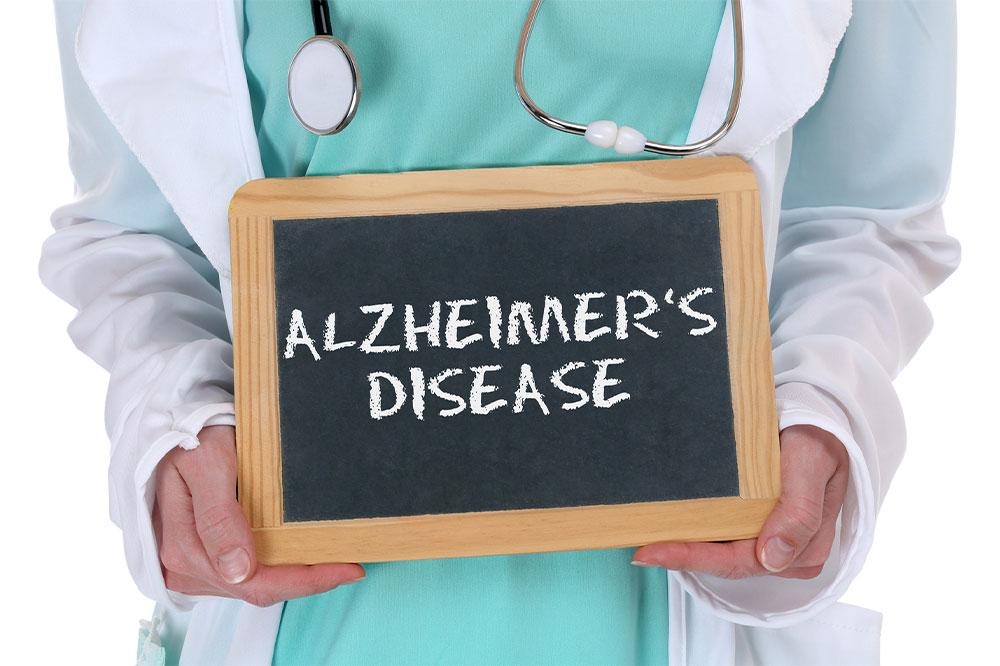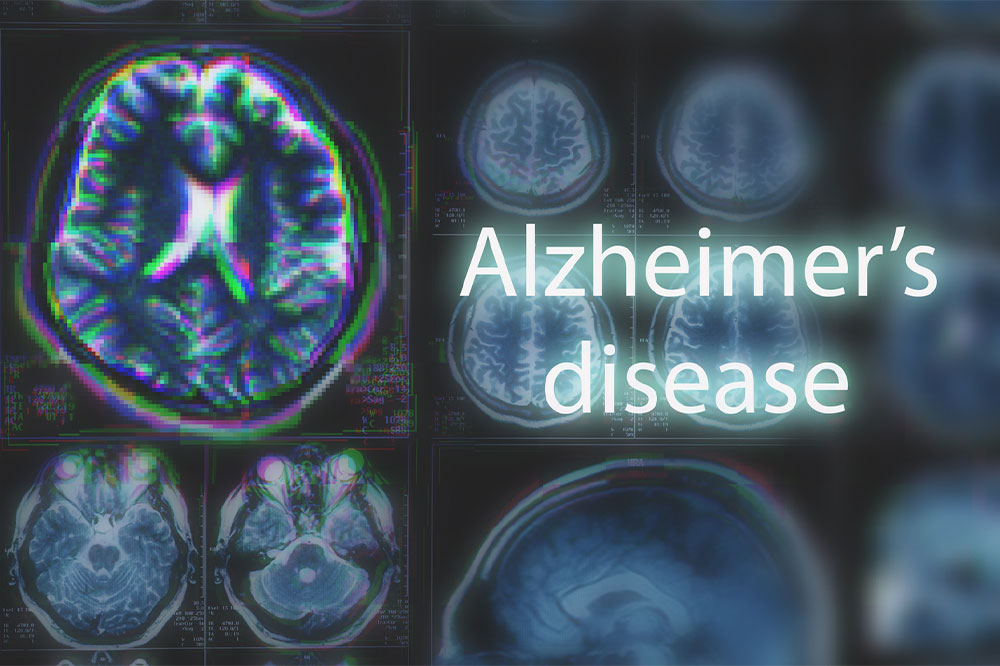Early Warning Signs of Alzheimer’s Disease You Should Recognize
Early signs of Alzheimer’s disease can often resemble normal aging but are marked by persistent memory loss, disorientation, and behavioral changes. Recognizing these symptoms early enables timely medical diagnosis and management, improving outcomes and quality of life for those affected. This comprehensive overview highlights key indicators such as memory impairment, confusion, routine task difficulties, disorientation, language issues, social withdrawal, mood swings, visual problems, and frequent item misplacing. Understanding these warning signs is critical for early detection and effective support, making it essential for caregivers and individuals to stay vigilant and seek professional help promptly.

Identifying the Key Indicators of Alzheimer’s Disease in Its Initial Stages
As individuals grow older, experiencing occasional lapses in memory or minor cognitive lapses are often normal and part of aging. However, when these forgetfulness episodes become persistent, worsening over time, and interfere significantly with daily life, they could be early symptoms of Alzheimer’s disease. While some degree of forgetfulness is common with aging, certain distinct signs and symptoms help differentiate normal aging from the early stages of Alzheimer’s. Recognizing these warning signs early can facilitate prompt medical evaluation, diagnosis, and intervention, which are crucial for managing the disease effectively and improving the affected individual’s quality of life.
Pronounced Memory Loss and Forgetfulness
Consistent forgetfulness regarding recent events, important dates, names of familiar people, or routine tasks that start to interfere with daily functioning can be significant early indicators of Alzheimer’s. This type of memory impairment is notably different from typical age-related forgetfulness, which usually involves occasional lapses without serious consequences.
Repetition and Growing Confusion
Individuals with early Alzheimer’s may repeatedly ask the same questions or forget conversations they just had. They might also struggle to recognize familiar faces or become confused about their location or the identity of people around them. Such repetitive behavior and confusion are strong signs that cognitive decline is underway.
Challenges with Routine Activities
Early-stage Alzheimer’s often manifests as difficulty managing everyday tasks. This includes challenges like preparing meals, handling finances, managing medications, or operating household appliances. Tasks once performed with ease become problematic, raising concerns about progressing cognitive decline.
Noticing someone having trouble with simple, familiar activities—e.g., dressing, navigating home or neighborhood, or using technology—should prompt a consultation with healthcare professionals. Ignoring these signs may delay diagnosis and intervention, which are pivotal for managing symptoms effectively.
Disorientation to Time and Location
Frequently losing track of dates, seasons, or current location indicates significant cognitive deterioration. Unlike occasional forgetfulness that is typical with normal aging, this disorientation is persistent and can lead to unsafe situations if the individual wander or get lost.
Communication Difficulties
Finding it hard to articulate words, losing track of the conversation, or speaking incoherently are common early signs. These language issues stem from declining cognitive function affecting areas of the brain responsible for communication.
Social Withdrawal and Reduced Engagement
Individuals experiencing early Alzheimer’s often withdraw from social interactions, hobbies, or previously enjoyed activities. This withdrawal can be due to embarrassment about their memory problems or frustration over their difficulty in keeping up socially.
Emotional and Behavioral Changes
Noticeable mood swings, increased irritability, suspicion, or anxiety might surface as the disease progresses. Such behavioral changes are often triggered by confusion and fear stemming from memory lapses or disorientation.
Visual and Perceptual Difficulties
Unlike typical age-related vision problems, Alzheimer’s can impair the ability to judge distances, distinguish colors, or read. These visual perception issues can lead to accidents, falls, or misjudgments of surroundings, especially in unfamiliar settings.
Frequent Misplacement of Items
Putting objects in unusual places and being unable to locate them later is a classic early sign. Accompanying suspicion or blaming others for misplaced belongings indicates severe memory deficits.
Given that some age-related changes naturally occur in older adults, distinguishing normal aging from early Alzheimer’s symptoms can be challenging. Therefore, timely medical consultation is essential for diagnosis and early intervention. While there is currently no cure for Alzheimer’s disease, early diagnosis opens the door to treatments that can slow progression, address behavioral issues, and provide support to patients and caregivers, ultimately enhancing quality of life.





